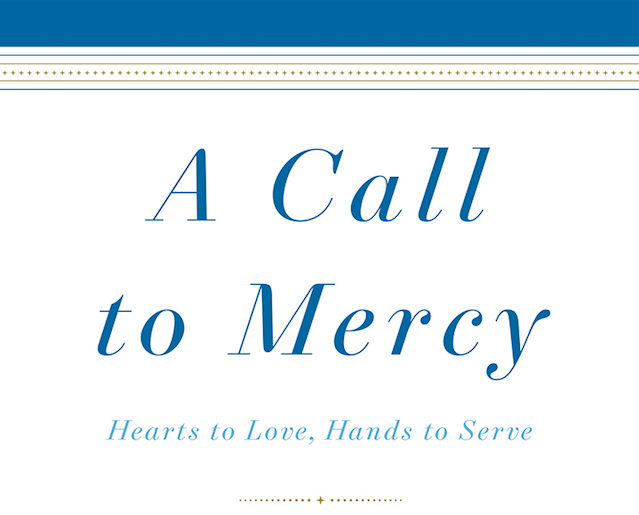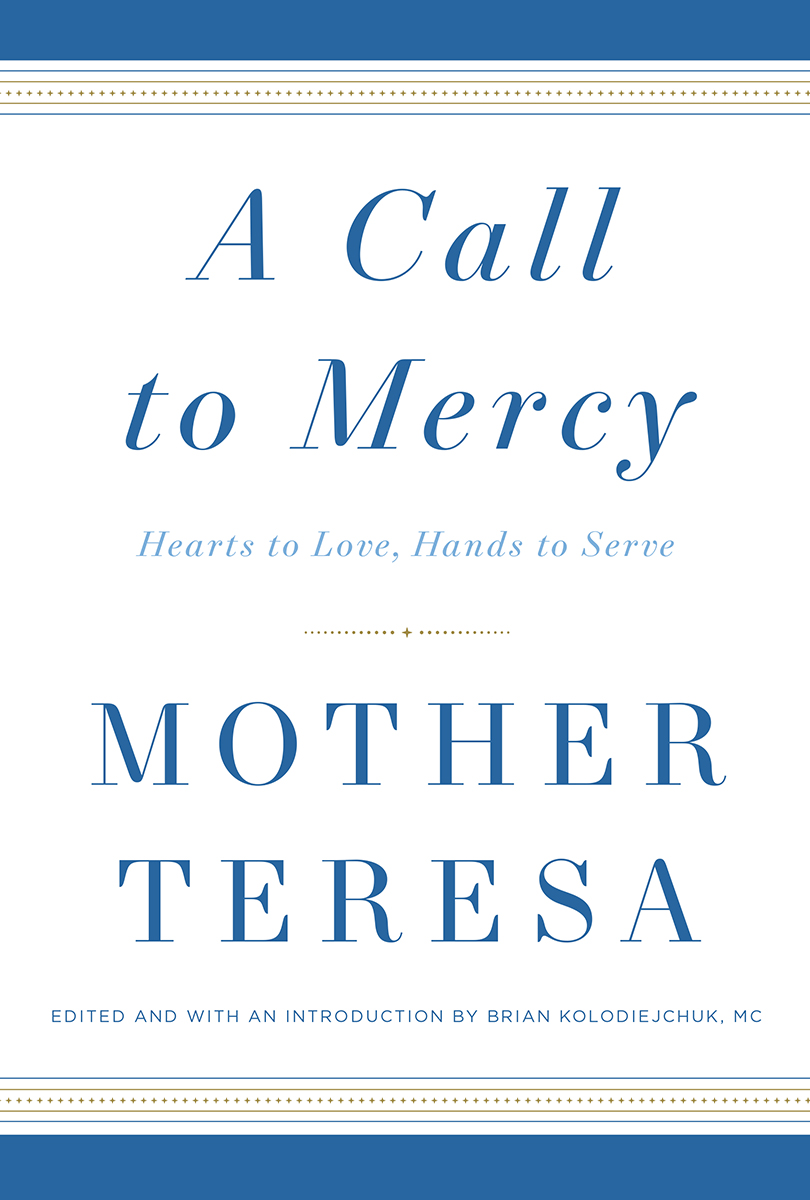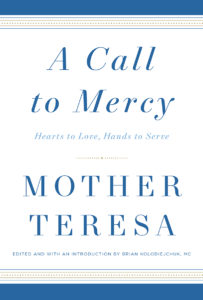
When we think of the canonization process, we think in terms of history. A prospective saint goes through a process of scrutiny that includes actions and miracles attributed. Sometimes, we have to rely on the historical record to understand the saint-making process.
In the case of Mother Teresa of Calcutta, born Anjezë Gonxhe Bojaxhiu, those few intervening 19 years since her death are still filled with the memories of her on the Earth. We can still remember the heavily-accented English that was both quiet and firm. We can still remember the photos and the videos of a woman without fear who went into the poorest places of the poorest and lifted the most downtrodden to a place of dignity. Nobody has to tell us that she was and is a saint.
‘A Call to Mercy’
Author(s): Mother Teresa, Brian Kolodiejchuk, MC, ed.
Publisher: Image Press
Length: 384 pages
Release Date: Aug. 16, 2016
Order: crownpublishing.com/imprint/image-catholic-books or Kino Institute Library at Phoenix’s Diocesan Pastoral Center
Now, we have her book, “A Call to Mercy: Hearts to Love, Hands to Serve,” edited by Fr. Brian Kolodiejchuk, MC.
In this Year of Mercy, on Sept. 4, Pope Francis celebrated the canonization of this beloved woman of mercy, but the act of canonization does not really affect Mother Teresa’s reality. She was a person who lived Christ as if Christ was still physically on the Earth.
This is hard to imagine. How could the Holy Spirit so totally imbue a person to the point where their walk through life was one giant act of complete transcendence?
Here’s an example of Mother Teresa’s reaction to the things around her: a man in Calcutta was dying in the street. Mother Teresa found him and she and the sisters moved him to a building where they had set up shop. The sisters cleaned the man, gave him clean clothes, helped him drink clean water and eat a good meal and he died anyway.
What happened, however, was something completely outside our normal understanding of human relationships. A dying, homeless man — who died anyway — was raised from the gutter to the peak of human dignity. Again, this kind of love is hard to imagine and yet this is who Mother Teresa really was.
Related Mother Teresa stories
Exhibit on the life of Mother Teresa Sept. 17-25 in Phoenix
Her book is nothing less than a vivid reflection of her life. It is filled with the days, weeks, and years of someone who ignored politics, economics, and social and cultural maelstrom, and it coincides with the memories of her sisters who followed her wherever the need arose: feed the hungry, clothe the naked, visit the prisoner, care for the sick. That’s it.
The subtitle of the book sums it all up — “Hands to Serve” and “Hearts to Love.” She told her sisters to never send away a hungry person. “Give what you can, and if you have nothing, do not worry; give your hands to serve and your hearts to love. By caring for others, you will be rewarded with peace and joy.”
Mother Teresa’s understanding of the human heart was itself a pure miracle. She could see the great need of the poor, she could feel the hunger of those without food and clean water, and yet she knew the savage hunger of those in the first world, the world of prosperity and riches. In that world — our world — she could sense the great hunger for God.
This book reminded me of a video I saw of Mother Teresa arriving in Los Angeles to open a house. Her fame had grown and the bishop — not naming names because I don’t remember — in all his glory was showing her the large boiler in the basement. He explained in his most reverent though prideful tone that this would provide heat and hot water for the large house. Mother Teresa replied that the boiler was not needed but more room for beds. The bishop continued to smile — however more tightly — but it was obvious he was taken aback. Mother Teresa didn’t care about the great official charity that had taken place, but only about those who would need beds.
Here’s the challenge of Mother Teresa’s book: read it and turn to live like she did. It’s simple though hard to understand. As for stars, I don’t really have enough to give the book what it deserves, so I simply repeat myself — read it.
Read it.




 ‘A Call to Mercy’
‘A Call to Mercy’


